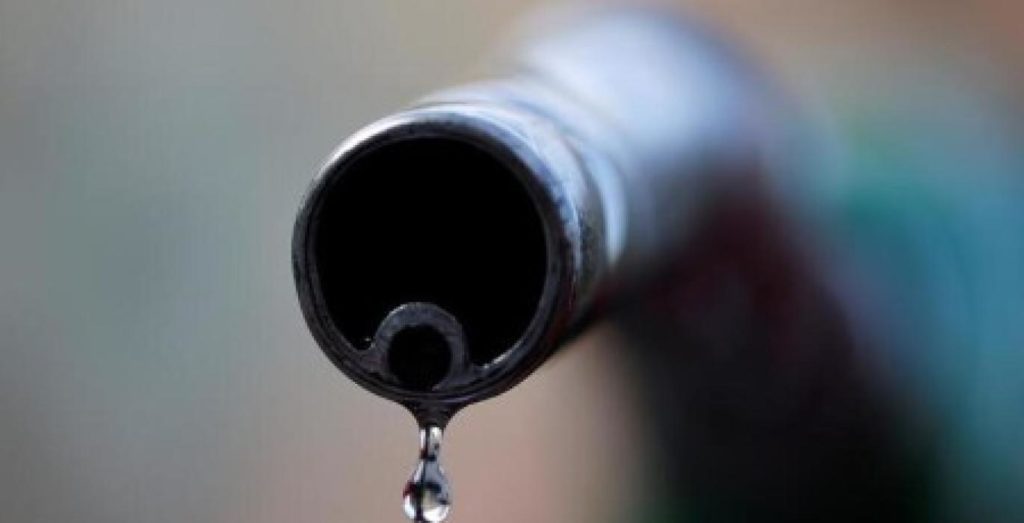LONDON, Oct 26 – Rejecting calls from consuming countries for faster output increases, OPEC+ has warned about continuing risks posed by the coronavirus pandemic and a forecast rise in oil inventories next year.

OPEC+ is currently raising its production target by 0.4 million barrels per day (bpd) each month, but has pushed back against calls to increase output faster in response to the surge in prices.
“We don’t take things for granted, we still have COVID,” Saudi Arabia’s energy minister and de facto leader of the OPEC+ group of major oil exporters said in a television interview on Saturday.
“We are not yet out of the woods,” he said. “We need to be careful. The crisis is contained but is not necessarily over.” (“Saudi Oil Chief Says OPEC+ Can’t Take Rebound for Granted”, Bloomberg, Oct. 23).
The minister noted global travel was still subdued and warned about the potential for a “huge uplift” in oil inventories next year to justify his caution.
Restrictive output policies from both OPEC+ and U.S. shale producers have kept global production consistently below consumption since June 2020.
The result has been a sharp drawdown in global inventories which has lifted prices to some of their highest levels in real terms since 2014 (https://tmsnrt.rs/3CcGzee).
But how justified are fears about another wave of coronavirus disrupting the recovery in oil consumption or a sudden build in inventories? Or is the group allowing prices to rise to maximise short-term revenues?
INVENTORY LEVELS
Global liquid fuels consumption was down by around 2.1 million bpd in September compared with the same month in 2019, as a result of the lingering impact of the pandemic and recession.
Global production was down by 2.8 million bpd over the same period, according to the U.S. Energy Information Administration (“Short-Term Energy Outlook”, EIA, Oct. 13).
OECD commercial petroleum inventories jumped by 335 million barrels during the first wave of the pandemic and lockdowns between February and July 2020.
But commercial inventories have since shrunk by 425 million barrels as a result of the strong rebound in the economy and restrictions on output.
By September, OECD commercial inventories were 145 million barrels (5%) below the level two years ago, before the pandemic.
OECD inventories had also fallen about 6% below the five-year seasonal average for 2015-2019, which explains both the rapid escalation in prices and the steep backwardation in the futures market.
Global consumption is forecast to recover to pre-pandemic levels by the middle of 2022, with production increasing slightly faster.
The result is expected to be a modest increase in inventories, but from a below-average starting point, which will still leave them below the pre-pandemic five-year average by the end of 2022.
The EIA predicts OECD commercial inventories will increase by 85 million barrels in 2022, but that would leave them at only 2.83 billion barrels by the end of the year, the lowest since 2014, except for this year.
REVEALED PREFERENCE
There are risks on both sides of this forecast for consumption and inventories.
If the pandemic worsens, or the business cycle turns down for any reason, inventories could climb faster, creating downward pressure on both prices and spreads, the scenario OPEC+ fears.
If the pandemic fades, or the business cycle proves more resilient than expected, despite inflation, consumption could prove higher, with a continued draw in inventories, accelerating upward pressure on prices.
In recent statements and actions, OPEC+ and U.S. shale producers have not been neutral in their assessment of these risks, emphasising downside risks to consumption and prices, while downplaying upside risks.
Producers have revealed a preference for risking prices rising even further, rather than falling back, implying they are comfortable with a rising price trend, which is helping guide the market higher.
OPEC+ and its forerunners have historically opted for output policies that maximise short-term revenues, except during periodic volume wars, so the preference for higher prices is not surprising.
Producers would rather risk over-tightening the market than allowing prices to fall back ― repeating arguments and decisions seen during previous periods of rapidly rising prices in 2007/08, 2010/11 and 2017/18.
In this instance, producers will continue to limit output and enjoy higher revenues, blaming higher prices on the pandemic, uncertain economic outlook, and investment decisions related to the transition to a future energy system.
Experience over the last two decades suggests prices will only come under pressure once the business cycle expansion starts to slow down, rather than because OPEC+ boosts output voluntarily to cool prices.







